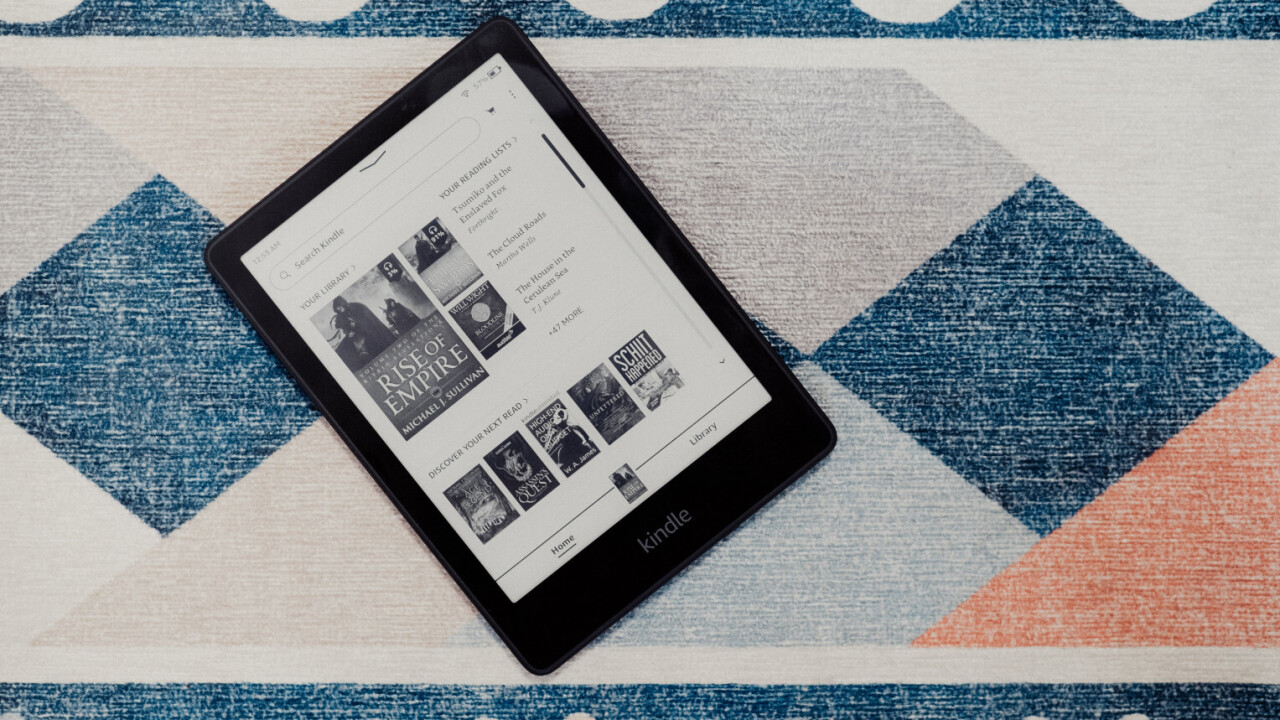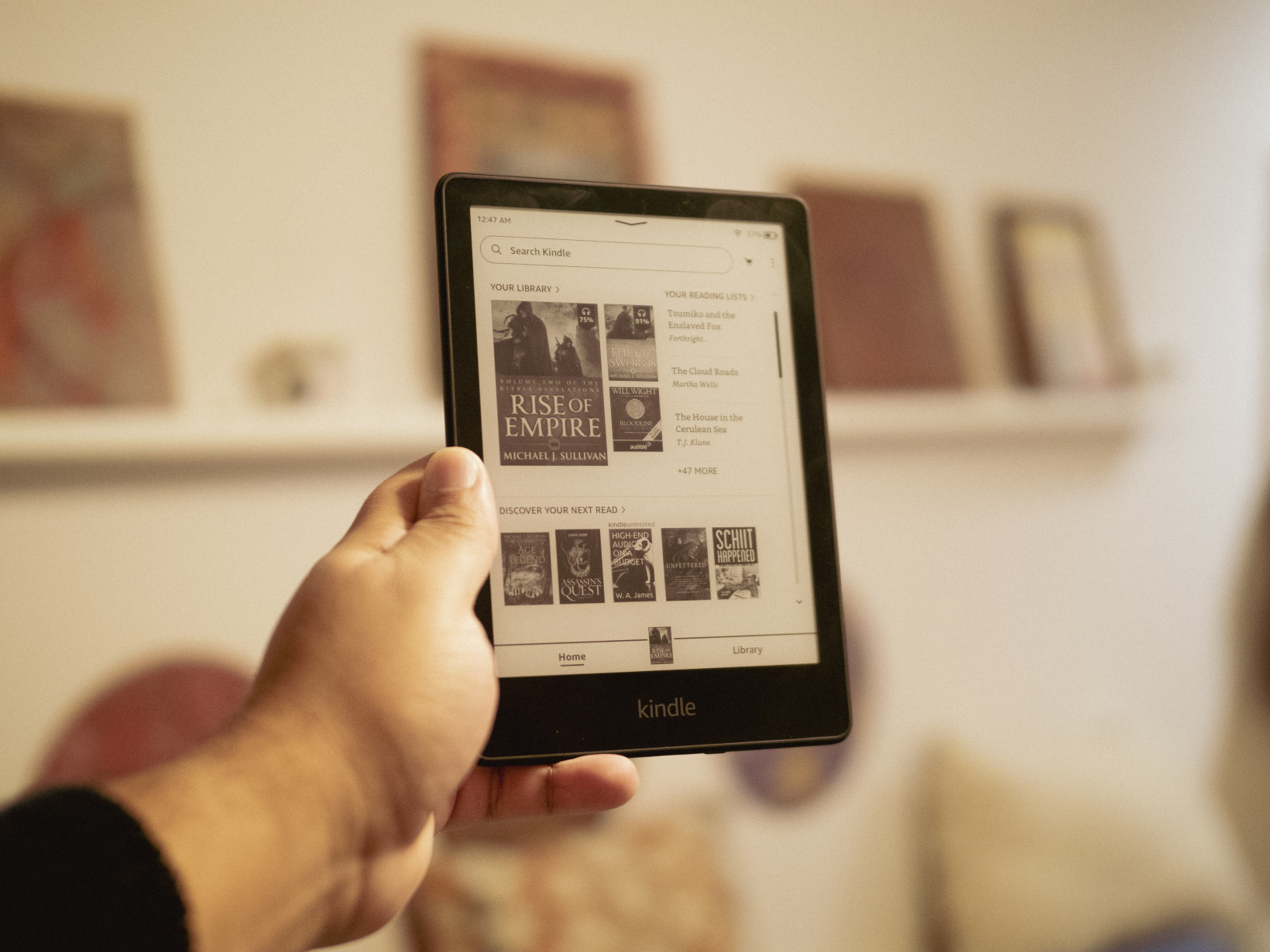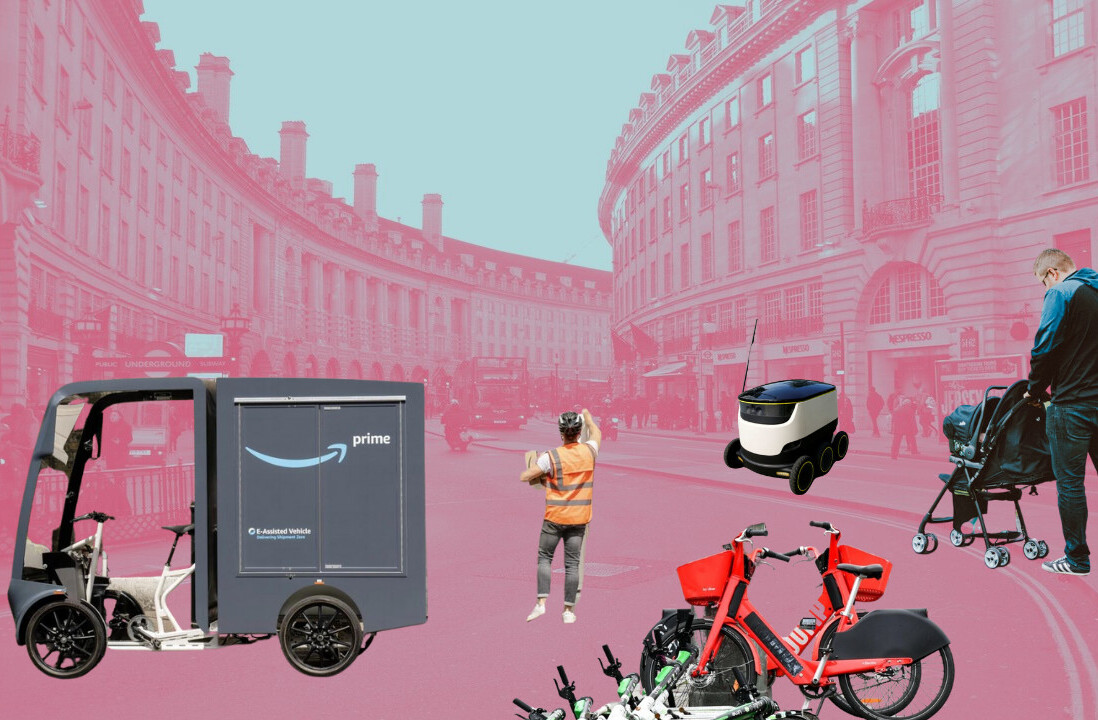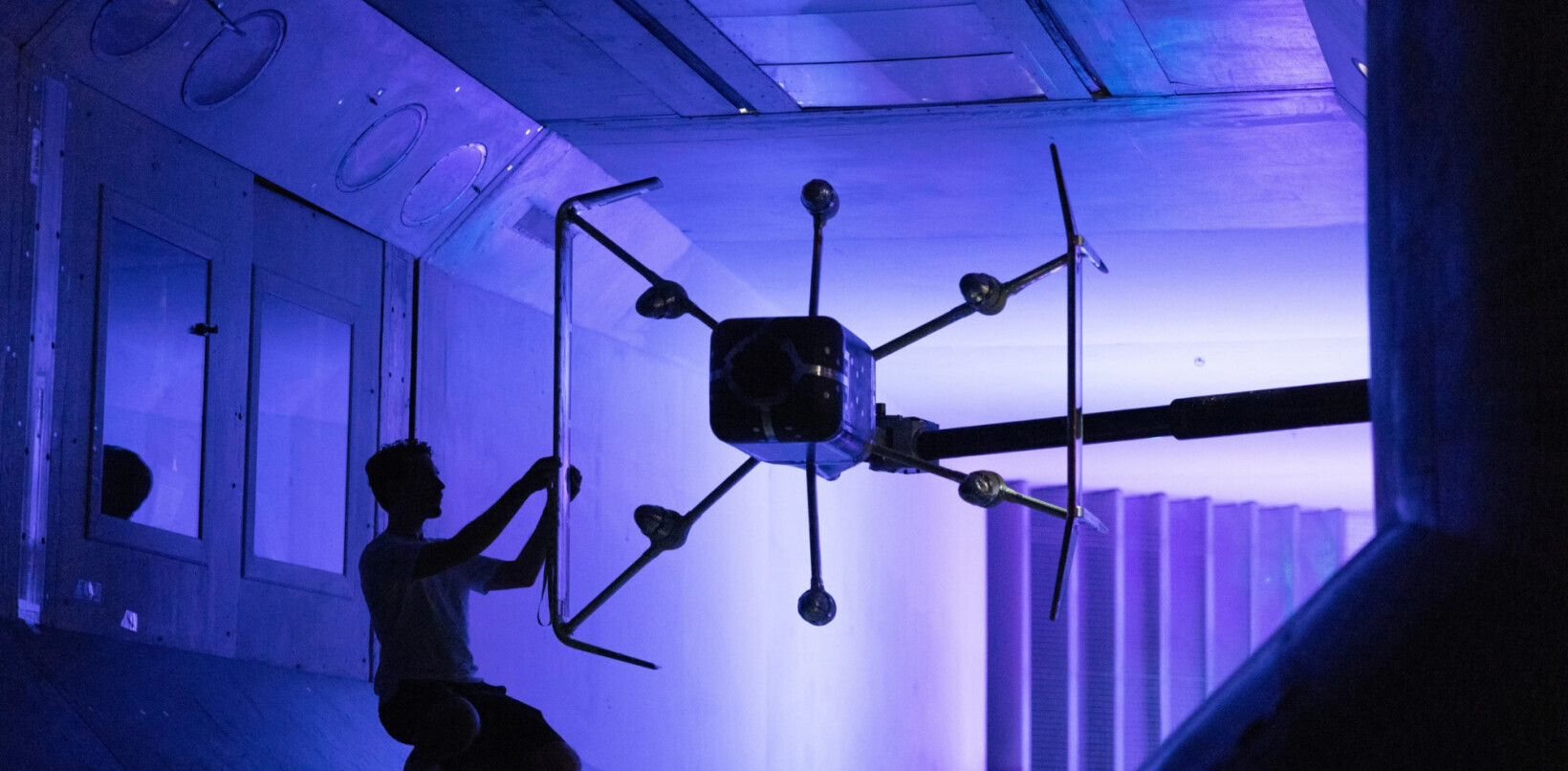
The 2021 Kindle Paperwhite is simply the best ereader for the majority of people who actually want an ereader.
It improves on its predecessors in the places it matters most, and starting at $140, you’d be hard-pressed to find a better combination of features and quality.
Perhaps more importantly, it might be the first Kindle Paperwhite really worth upgrading to in years — and I’d argue it’s a better choice than the fancier Oasis too.
The screen is bigger
The new Kindle Paperwhite is the same size as its predecessor, but now comes with a 6.8-inch screen instead of a 6-inch one thanks to reduced bezels all around.
That makes it close to the Kindle Oasis in screen size — and closer to a paperback book — but in a smaller form-factor that actually fits comfortably in a jacket’s pocket.

Whereas I always kind of felt the smaller screen on earlier non-Oasis Kindles offered little advantage over your typical modern (read: giant) smartphone, the new model makes a more meaningfully improved reading experience. It may not sound like much, but to me, it makes a big difference in how often I want to actually bring the Kindle somewhere with me.
The screen also refreshes faster with less ghosting than prior models, making for an overall more book-like experience.
It won’t sear your eyeballs with blue light
One of the best things about the Kindle Oasis — not to mention other ereaders like the Boox Note Air — is the inclusion of ‘warm’ light. In addition to the usual eye-searing blue-ish white light that gives the Paperwhite its namesake, the new model includes a warm light.
It makes a huge difference for someone like me who does most of his reading indoors and at night. As great as E Ink displays are in bright sunlight, they tend to look too dark compared to a regular book in dimmer lighting conditions, and most people have rather warm indoor lights. Reading on the older Paperwhite models often meant being hit with a lot of blue light, making it little better than just reading off a phone or tablet screen.

The warm light blends better with indoor lighting, and unlike some other ereaders I’ve tested, the light is very evenly distributed throughout the display.
On the $180 Signature Edition, you get an ambient brightness sensor, as on the Oasis, although it still doesn’t adjust color temperature.
It charges via USB-C, finally
Until now, Kindle ereaders were some of the last few devices from a major company to still use the godawful micro USB port. Despite the weeks-long battery life of your typical ereader, you don’t notice how annoying it is to not have USB-C until you need to go on a trip, realize your Kindle finally ran out of battery, but then don’t have a way to charge it.

With USB-C (and wireless charging on the Signature Edition), that’s no longer a concern for many people. It can charge with the same charger as any of a myriad of laptops, tablets, and Android phones.
I’ve only charged it once since I received my review unit a few weeks ago, but the unit seems to both last longer and charge faster. It’s just one less barrier between you and quality reading time.
There’s still a little room for improvement
There are a few areas Amazon can still improve the device:
- I’d love for Amazon to include a color temperature sensor to adjust warmth, not just brightness, kind of like True Tone on an Apple device. You can set the screen to get warmer on a schedule, but that’s not very useful. A color temperature sensor would make for a much more paper-like experience.
- I wish there was a way to disable tapping for turning pages while still allowing me to tap on words to look up definitions and change settings. You can only turn off taps altogether in order to change pages with swipes, but it severely limits functionality.
- I miss the physical buttons for turning pages on the Oasis.
- The Kindle can’t natively read .epub files, a popular format for free books. They need to be converted and emailed over.
- I bet some people wouldn’t mind an LTE/wireless option as on the Oasis.
- You’re mostly locked into Amazon’s walled garden, obviously.
- There are far more versatile, similarly-sized tablets out there. The Boox Nova Air is much more expensive but offers stylus input and a wealth of Android apps. Of course, many people prefer to keep their ereaders only to books.
- The Kindle Paperwhite starts at $140, but that includes ads on the lock screen. You’ll need to pay an extra $20 to get rid of the ads.
But that’s mostly nitpicking, and I suppose Amazon needs to leave some stuff to upgrade in the next Kindles.
At this point, the Kindle almost feels like ‘solved’ technology. It does almost everything most people want an ereader to do, and it does so well. Add more features to it and at some point you’re just adding distractions, when many people get ereaders specifically to escape distractions.
I’m a power user, and personally prefer a device that’s a little less locked into Amazon’s ecosystem, but I can’t deny the Kindle Paperwhite is simply an excellent reader. It has one of the largest, highest quality e-ink displays for its size and price, and it does very little wrong. The 2021 Kindle Paperwhite is simply the reader to beat.
Get the TNW newsletter
Get the most important tech news in your inbox each week.





